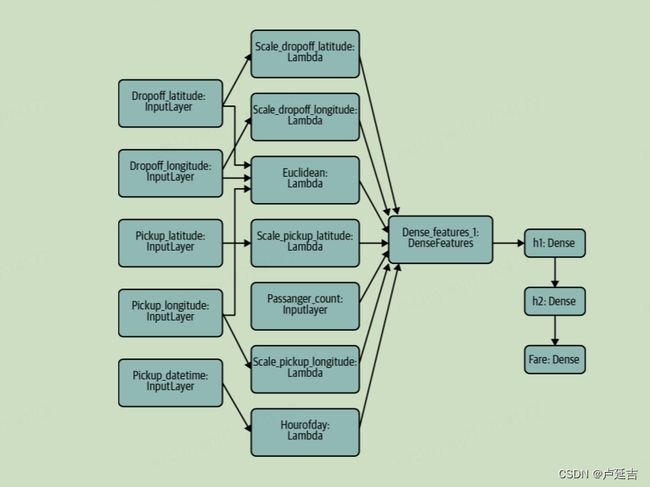ML Design Pattern——Transform
Simply put
The Transform design pattern is a fundamental concept in machine learning (ML) that allows data transformations to be applied seamlessly. This pattern enables data to be transformed from one representation to another while preserving its structure and meaning.
The Transform Pattern Overview
The transform design pattern allows developers to define a set of transformations that can be performed on data. These transformations can be simple arithmetic operations, such as addition or subtraction, or more complex tasks such as applying filters or transformations to images. The pattern ensures data integrity by maintaining the original data's structure and meaning while transforming the data into a new representation.
Implementing the Transform Pattern
To implement the transform pattern, we need to follow a few simple steps:
1. Define the Data Structure: Define a data structure that represents the original data. This data structure should have properties that represent the attributes or features of the data.
2. Define Transformations: Define a set of transformations that can be applied to the data. These transformations can be represented as functions or methods that manipulate the data according to specific rules or conditions.
3. Implement the Transformations: Implement the transformations as functions or methods within the transform class. Each transformation should accept an instance of the original data and return an instance of the transformed data.
4. Provide a Transformation Method: Implement a transformation method that combines multiple transformations. This method should accept an instance of the original data and return an instance of the transformed data.
5. Use the Transformations: Use the transformations by setting the appropriate properties or passing data through the transformation method. This ensures that the transformed data is properly generated.
The transform pattern is widely used in various ML applications, including
- Data Preprocessing: Before feeding data into a ML algorithm, it is often necessary to pre-process the data to improve its quality and enhance its compatibility with the model. The transform pattern allows data transformations such as normalization, scaling, and feature engineering to be performed seamlessly.
- Data Transformation: In ML pipelines, the transform pattern is commonly used to transform raw data from one representation to another. For example, data from one feature space can be transformed into another more suitable for downstream algorithms.
- Feature Extraction: The transform pattern can be leveraged to extract relevant features from raw data. By defining appropriate transformation functions, relevant features can be extracted and stored in a structured format, ready for analysis or model training.
- Data Visualization: The transform pattern can be used to generate visual representations of data. By passing data through the appropriate transformations, visually appealing and informative plots or charts can be produced, aiding in data analysis and understanding.
Example in Python
import pandas as pd
# 定义数据集
df = pd.DataFrame({
"age": [25, 35, 45, 55, 65],
"gender": ["male", "female", "male", "female", "male"],
"salary": [100000, 200000, 300000, 400000, 500000]
})
# 定义转换函数
def scale_age(df):
df["age"] = df["age"] / 100
return df
def encode_gender(df):
df["gender"] = df["gender"].map({"male": 0, "female": 1})
return df
# 将转换函数链接起来
def transform_pipeline(df):
df = scale_age(df)
df = encode_gender(df)
return df
# 应用转换函数
df = transform_pipeline(df)
# 查看转换后的结果
print(df)
